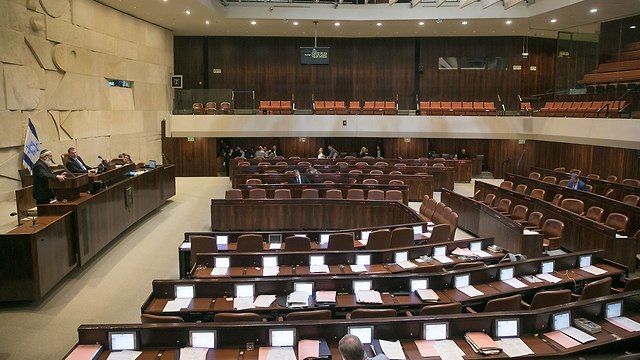
There are six approaches to this important issue, and it’s worth reviewing all of them.
The first approach is the one-state solution, which implies that Israel must annex the West Bank in its entirety and put an end to Palestinian ambitions to establish an independent state in the future. Those in favor of this option claim the demographic issue doesn’t pose a threat, because based on the current birth rate figures, the Jewish majority is guaranteed, provided we don’t take the Gaza Strip into consideration.
The second approach, which also opposes the establishment of a Palestinian state, supports the annexation of Area C—some 60% of the territory of the West Bank—as well as all areas with already established Israeli settlements. That way, Palestinians living in Areas A and B would enjoy civil autonomy, while Israel would maintain full military control of all areas between the Jordan River and the Mediterranean Sea. The problem is Area B comprises 169 enclaves all surrounded by Area C, and every time a Palestinian were to cross between them they would enter sovereign Israeli territory.
The third approach, in principle, supports a political solution to the conflict, but argues it can’t be achieved in the foreseeable future, making "conflict management" the only viable option at the present time.
The fifth approach (I will get to the fourth approach in a minute) is also based on a conviction that reaching a political agreement in the near future is impossible. However, those campaigning for it believe the Israeli occupation of Palestinian territories must end no matter what. Israel must withdraw to the separation barrier along the Green Line in the West Bank, while retaining control of the Jordan Valley—where practically no Palestinians live—thus transferring the political burden to the Palestinian Authority. Back in 2006, then-prime minister Ehud Olmert called this approach “the Convergence Plan.”
The sixth approach calls for an immediate return to the negotiating table as a prerequisite to a future two-state solution. There are various tactical “sub-approaches” as to how the negotiations could be facilitated, but they all hold a common belief that it’s vital to reach a permanent agreement as soon as possible based on the two-state principle.
The fourth approach also emphasizes the importance of reaching a permanent agreement with the Palestinians, but without the added pressure of it being within a framework of the two-state solution—which those advocating for this approach believe would be detrimental to both sides.
The principle of having two states is based on four assumptions: the solution must be found between the Jordan River and the Mediterranean sea; Palestinians must establish a sovereign state of their own; the Gaza Strip and the West Bank must merge into one political entity; and the border between Israel and a future Palestinian state must be based on the 1967 lines, with only slight adjustments. Why are these assumptions correct? There are at least two alternative solutions to the conflict. The first is based on an exchange of territory between Israel, Egypt, Jordan, Palestine and Saudi Arabia, while the second is based on the establishment of a federation between Jordan and the West Bank.
The division between the left-wing that supports a two-state solution and the right-wing that opposes it, doesn’t really reflect the full scope of the discussion. Furthermore, it's easy to be against something, it's much harder to definitively state what you actually stand for. Elections are an opportunity to not only engage with people, but also with opinions and ideas. It’s not enough to say what you’re oppose, it’s far more critical to say what you support.


















